Nissan Leaf vs Skoda Elroq – Which car suits you better?
Compare performance, boot capacity, efficiency and price at a glance.
Find out which car is the better choice for you – Nissan Leaf or Skoda Elroq?
Costs and Efficiency:
Price and efficiency are often the first things buyers look at. Here it becomes clear which model has the long-term edge – whether at the pump, the plug, or in purchase price.
Skoda Elroq has a hardly perceptible advantage in terms of price – it starts at 29100 £, while the Nissan Leaf costs 30800 £. That’s a price difference of around 1714 £.
In terms of energy consumption, the advantage goes to the Skoda Elroq: with 15.20 kWh per 100 km, it’s minimal more efficient than the Nissan Leaf with 16.70 kWh. That’s a difference of about 1.50 kWh.
As for range, the Skoda Elroq performs noticeable better – achieving up to 580 km, about 195 km more than the Nissan Leaf.
Engine and Performance:
Power, torque and acceleration are the classic benchmarks for car enthusiasts – and here, some clear differences start to show.
When it comes to engine power, the Skoda Elroq has a evident edge – offering 340 HP compared to 217 HP. That’s roughly 123 HP more horsepower.
In acceleration from 0 to 100 km/h, the Skoda Elroq is clearly perceptible quicker – completing the sprint in 5.40 s, while the Nissan Leaf takes 6.90 s. That’s about 1.50 s faster.
In terms of top speed, the Skoda Elroq performs slightly better – reaching 180 km/h, while the Nissan Leaf tops out at 157 km/h. The difference is around 23 km/h.
There’s also a difference in torque: Skoda Elroq pulls decisively stronger with 679 Nm compared to 340 Nm. That’s about 339 Nm difference.
Space and Everyday Use:
Beyond pure performance, interior space and usability matter most in daily life. This is where you see which car is more practical and versatile.
Both vehicles offer seating for 5 people.
In curb weight, Nissan Leaf is evident lighter – 1580 kg compared to 1949 kg. The difference is around 369 kg.
In terms of boot space, the Skoda Elroq offers slightly more room – 470 L compared to 394 L. That’s a difference of about 76 L.
In maximum load capacity, the Skoda Elroq performs significantly better – up to 1580 L, which is about 790 L more than the Nissan Leaf.
When it comes to payload, Skoda Elroq clearly perceptible takes the win – 531 kg compared to 415 kg. That’s a difference of about 116 kg.
Who wins the race?
The Skoda Elroq proves to be is largely superior and therefore becomes our DriveDuel Champion!
Skoda Elroq is the better all-rounder in this comparison.
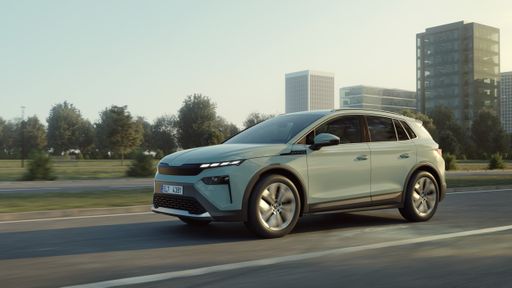
Skoda Elroq
Nissan Leaf
The Nissan Leaf stands out as a pioneering model in the realm of electric vehicles, known for its impressive blend of practicality and eco-friendliness. It offers a smooth and quiet driving experience, making it an ideal choice for city commuting and longer journeys alike. The interior design is both comfortable and intuitive, providing drivers with a sense of modernity and ease of use.
details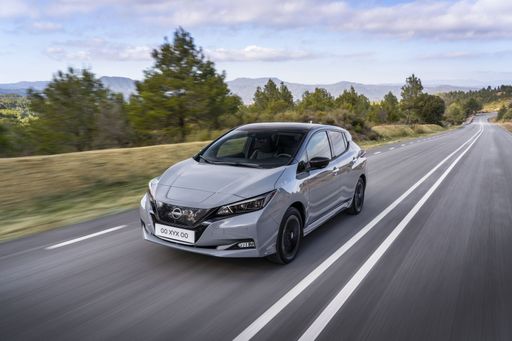 @ germany.nissannews.com
@ germany.nissannews.com
 @ germany.nissannews.com
@ germany.nissannews.com
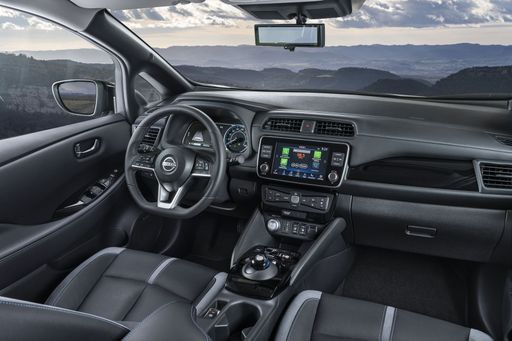 @ germany.nissannews.com
@ germany.nissannews.com
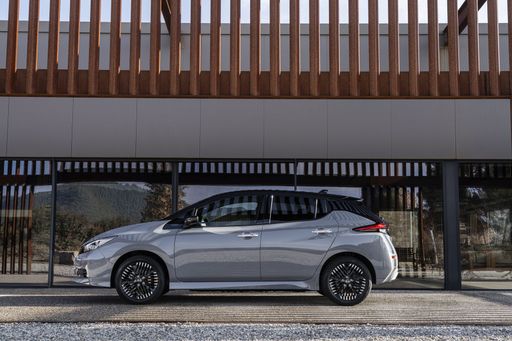 @ germany.nissannews.com
@ germany.nissannews.com
Skoda Elroq
The Elroq stands out in the automotive world with its striking design and a bold presence on the road. Boasting an interior that balances luxury and functionality, it provides an engaging driving experience for enthusiasts and casual drivers alike. With its innovative features and attention to detail, the Elroq redefines what consumers can expect from modern automobiles.
details @ skoda-storyboard.com
@ skoda-storyboard.com
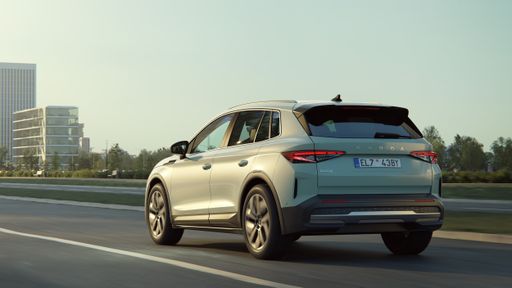 @ skoda-storyboard.com
@ skoda-storyboard.com
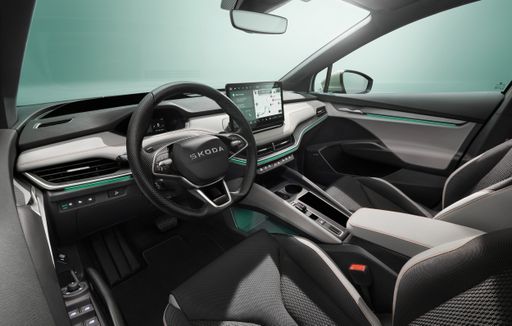 @ skoda-storyboard.com
@ skoda-storyboard.com

|

|
|
|
|
Costs and Consumption |
|
|---|---|
|
Price
30800 - 37200 £
|
Price
29100 - 45500 £
|
|
Consumption L/100km
-
|
Consumption L/100km
-
|
|
Consumption kWh/100km
16.7 - 17.8 kWh
|
Consumption kWh/100km
15.2 - 16.5 kWh
|
|
Electric Range
270 - 385 km
|
Electric Range
377 - 580 km
|
|
Battery Capacity
39 - 59 kWh
|
Battery Capacity
52 - 79 kWh
|
|
co2
0 g/km
|
co2
0 g/km
|
|
Fuel tank capacity
-
|
Fuel tank capacity
-
|
Dimensions and Body |
|
|---|---|
|
Body Type
Hatchback
|
Body Type
SUV
|
|
Seats
5
|
Seats
5
|
|
Doors
5
|
Doors
5
|
|
Curb weight
1580 - 1756 kg
|
Curb weight
1949 - 2268 kg
|
|
Trunk capacity
385 - 394 L
|
Trunk capacity
470 L
|
|
Length
4490 mm
|
Length
4488 mm
|
|
Width
1788 mm
|
Width
1884 mm
|
|
Height
1540 - 1545 mm
|
Height
1608 - 1625 mm
|
|
Max trunk capacity
790 L
|
Max trunk capacity
1580 L
|
|
Payload
384 - 415 kg
|
Payload
470 - 531 kg
|
Engine and Performance |
|
|---|---|
|
Engine Type
Electric
|
Engine Type
Electric
|
|
Transmission
Automatic
|
Transmission
Automatic
|
|
Transmission Detail
Reduction Gearbox
|
Transmission Detail
Reduction Gearbox
|
|
Drive Type
Front-Wheel Drive
|
Drive Type
Rear-Wheel Drive, All-Wheel Drive
|
|
Power HP
150 - 217 HP
|
Power HP
170 - 340 HP
|
|
Acceleration 0-100km/h
6.9 - 7.9 s
|
Acceleration 0-100km/h
5.4 - 9 s
|
|
Max Speed
144 - 157 km/h
|
Max Speed
160 - 180 km/h
|
|
Torque
320 - 340 Nm
|
Torque
310 - 679 Nm
|
|
Number of Cylinders
-
|
Number of Cylinders
-
|
|
Power kW
110 - 160 kW
|
Power kW
125 - 250 kW
|
|
Engine capacity
-
|
Engine capacity
-
|
General |
|
|---|---|
|
Model Year
2019
|
Model Year
2025
|
|
CO2 Efficiency Class
A
|
CO2 Efficiency Class
A
|
|
Brand
Nissan
|
Brand
Skoda
|
What drivetrain options does the Nissan Leaf have?
Available configurations include Front-Wheel Drive.
The prices and data displayed are estimates based on German list prices and may vary by country. This information is not legally binding.
